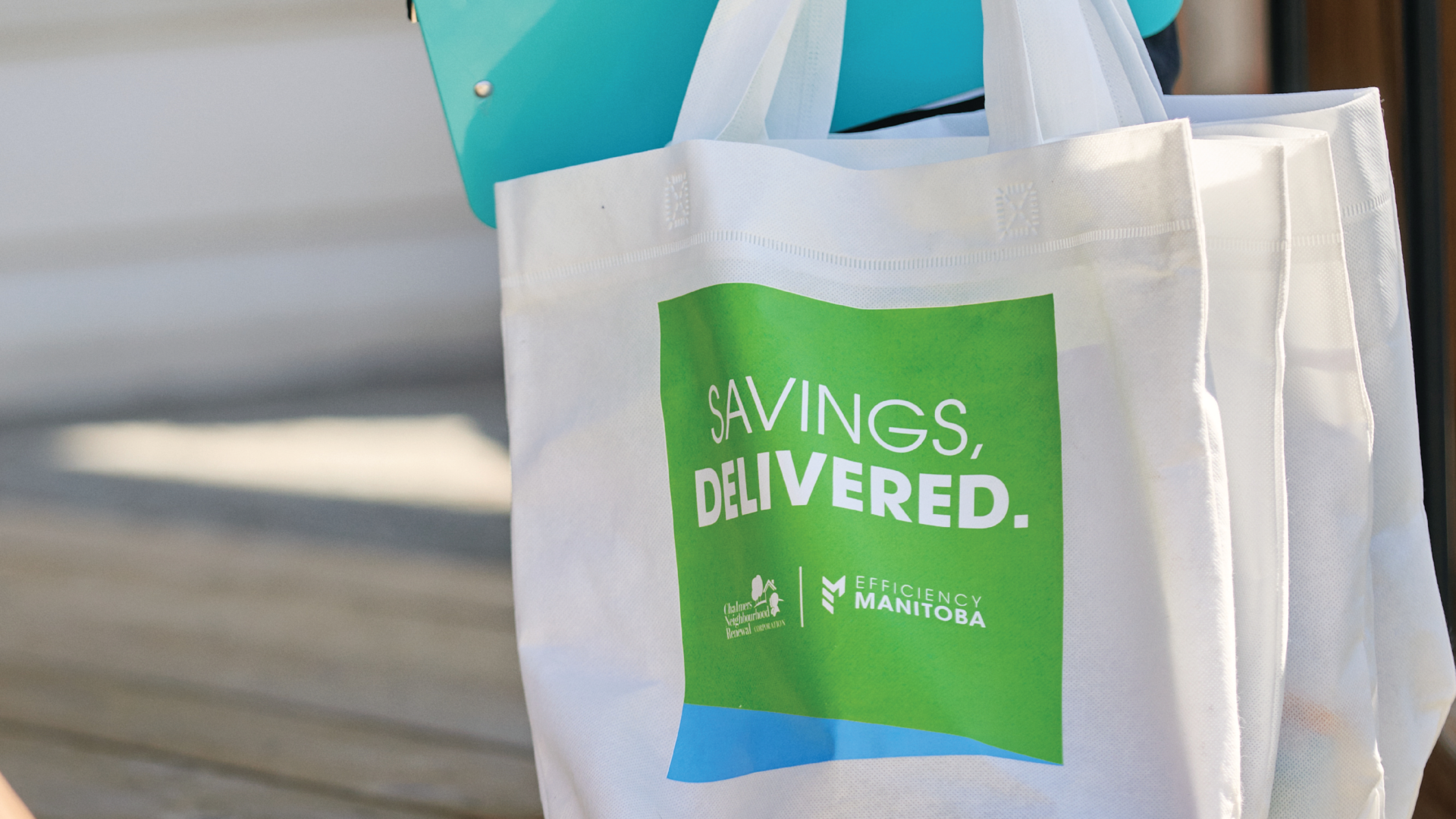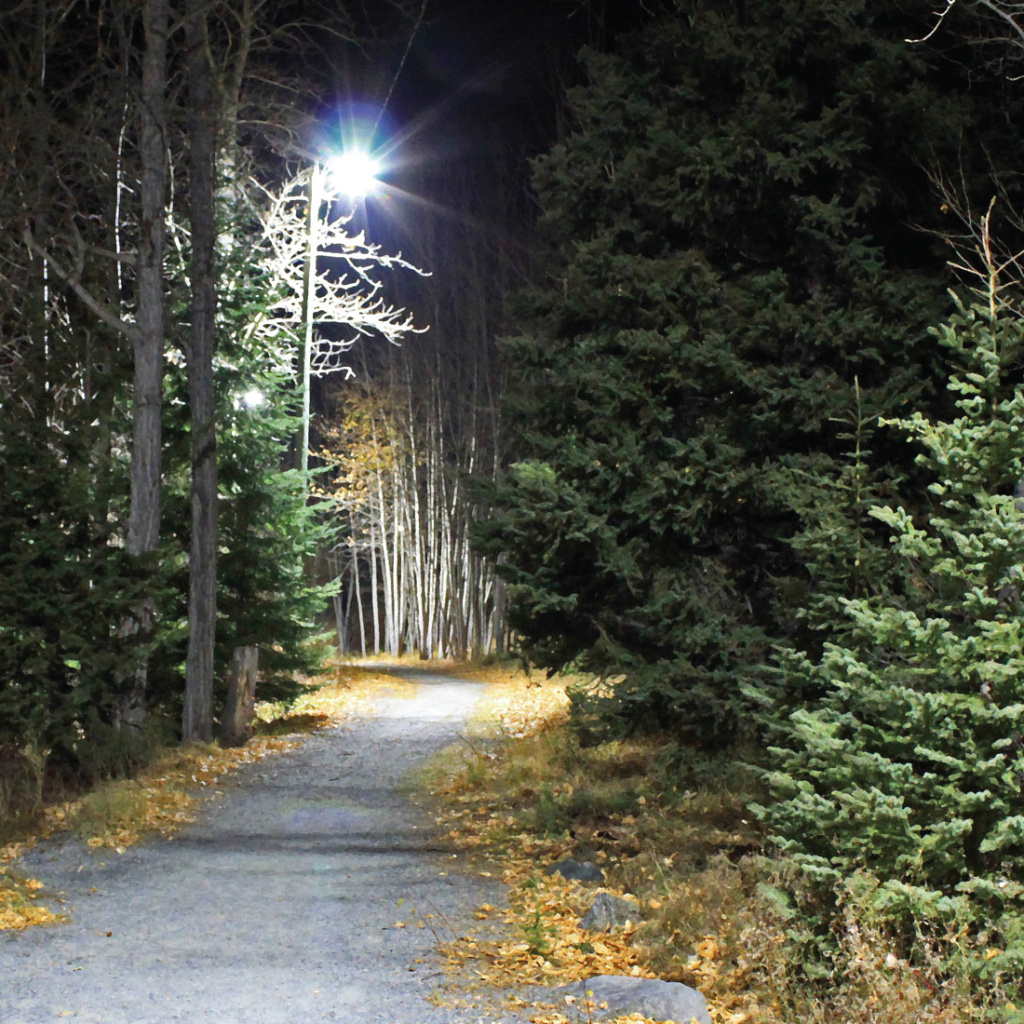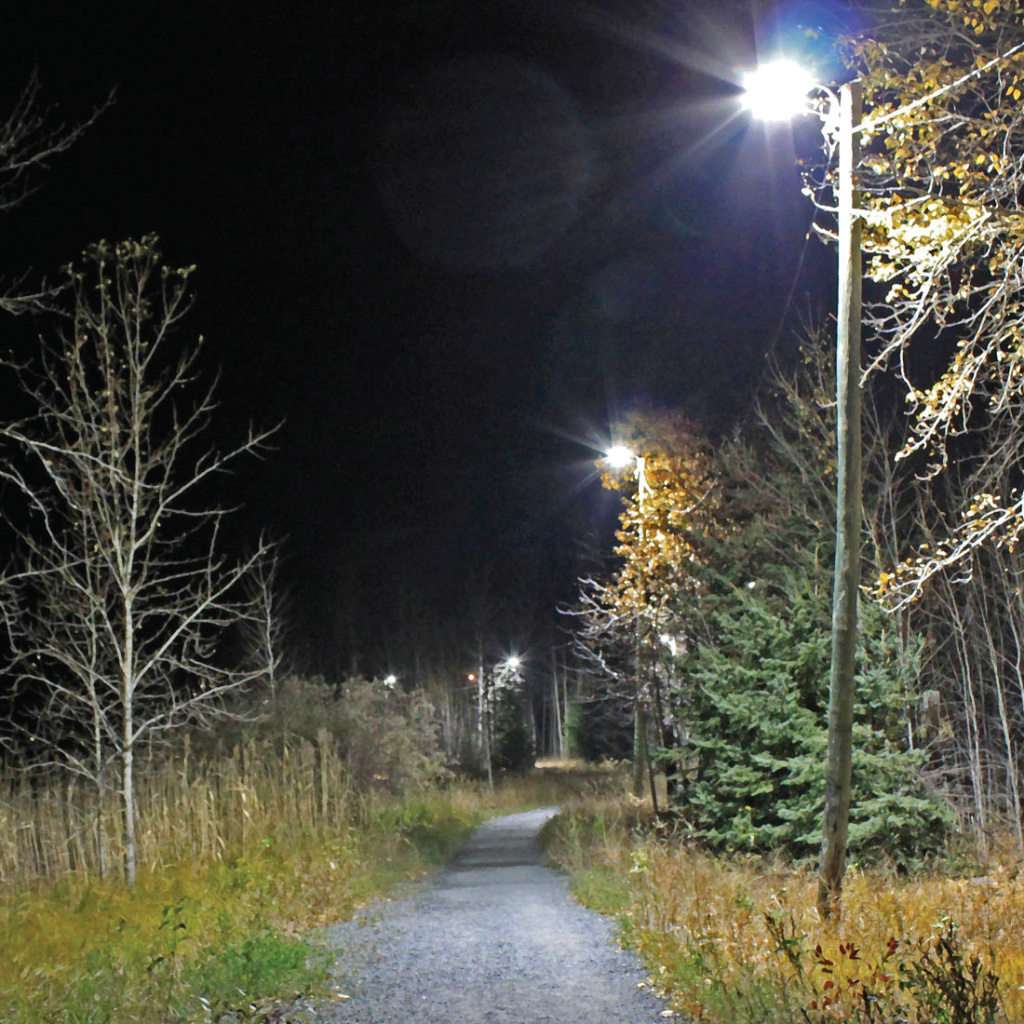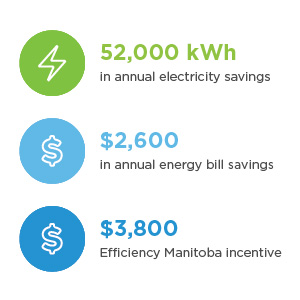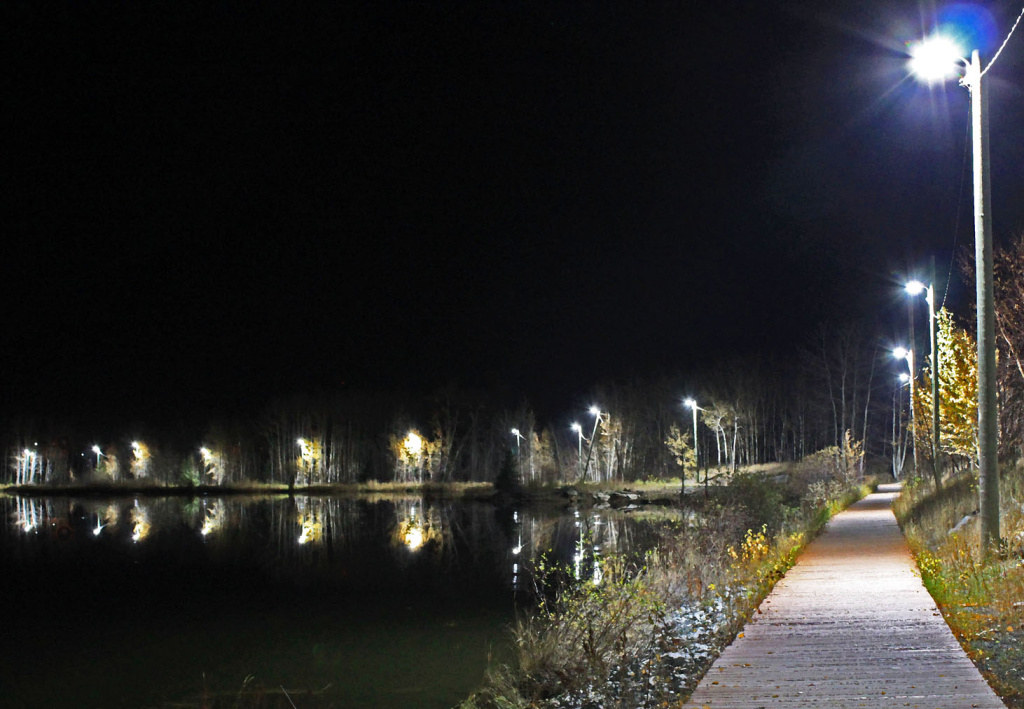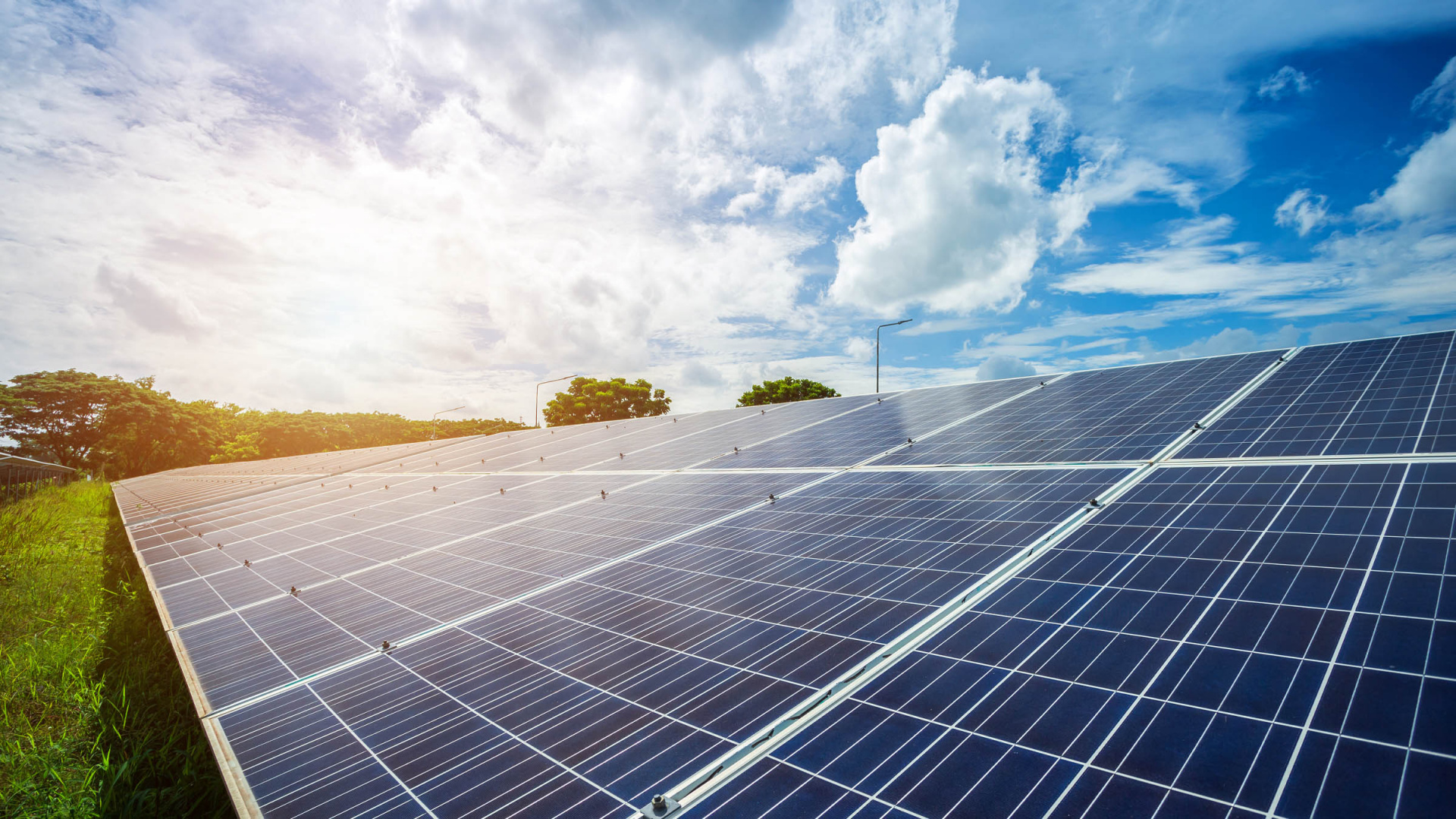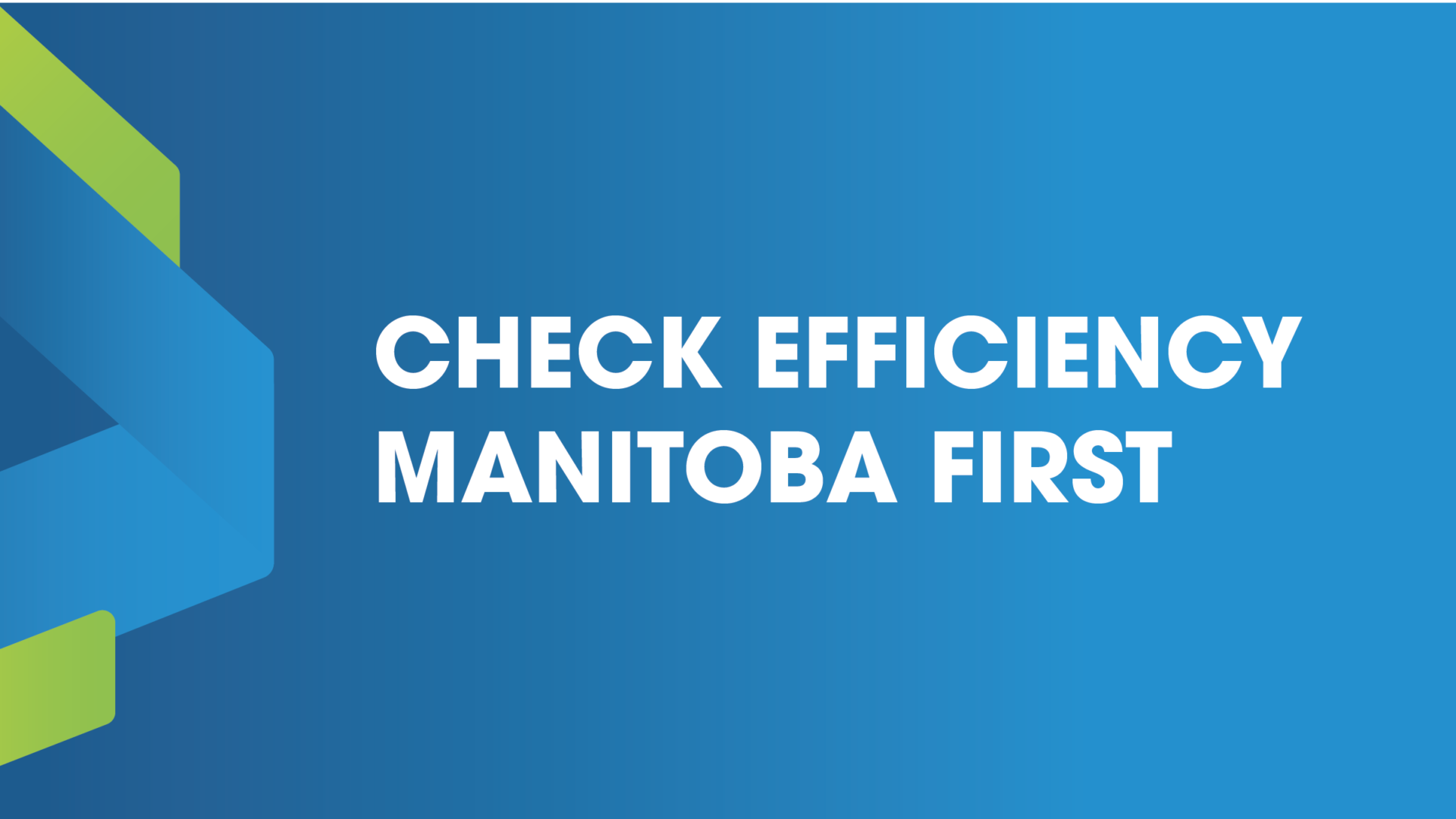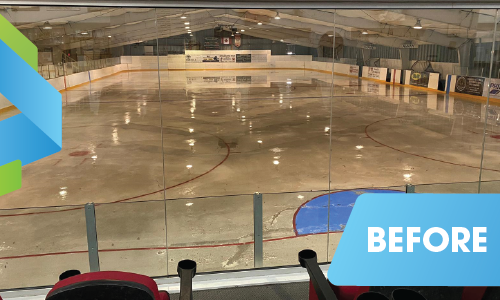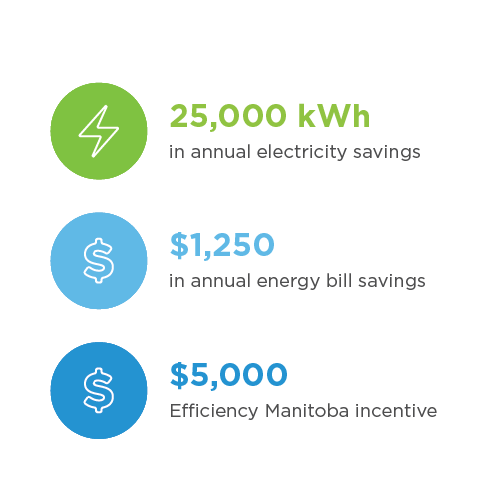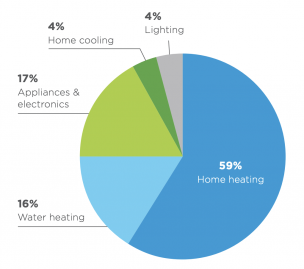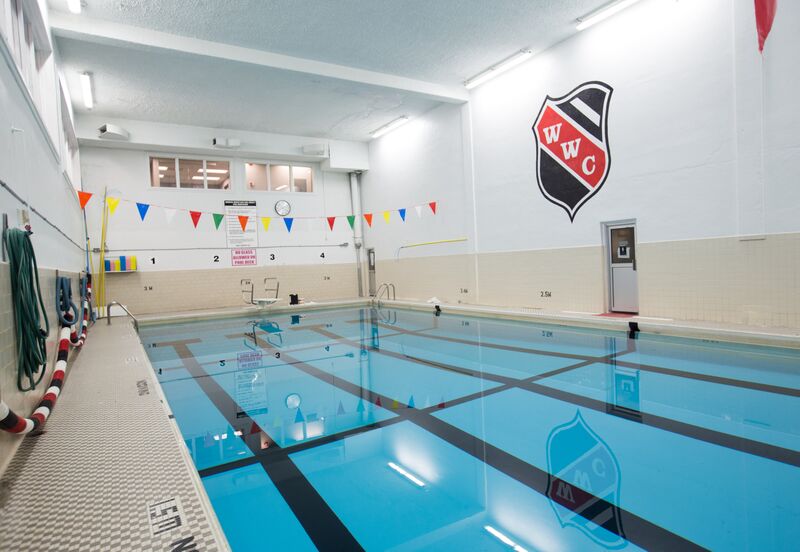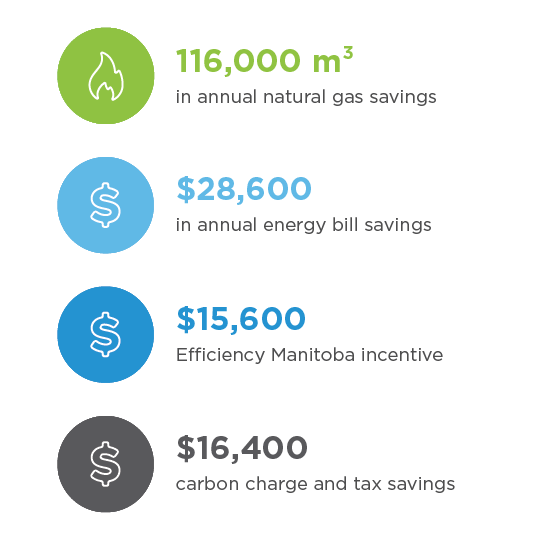Approximately 40% of Manitoba households could qualify for free and significantly subsidized energy efficiency upgrades
Efficiency Manitoba has revised its income thresholds to ensure more Manitoba households are eligible to access free and significantly subsidized energy efficiency upgrades through its income-based Energy Efficiency Assistance Program. The program assists homeowners and tenants in implementing energy efficiency upgrades to their homes to reduce their monthly energy bills, while also helping improve the comfort of their homes.
“This program is an important part of our government’s commitment to helping Manitobans save money on their energy bills while reducing our province’s carbon footprint,” said Kevin Klein, Minister of Environment and Climate and the Minister responsible for Efficiency Manitoba. “By supporting energy-efficient home upgrades and renovations, this program is making a real difference in the lives of families and individuals across the province. With this change, more people can enjoy the benefits of an energy-efficient home, while also playing a role in creating a more sustainable future for all Manitobans.”
Program eligibility is based on low-income cut-off (LICO) values for urban centers with more than 500,000 residents, as determined by Statistics Canada. Efficiency Manitoba has increased these thresholds from LICO 125 (LICO plus 25%) to LICO 145 (LICO plus 45%) making more Manitobans eligible. This change means approximately 40% or 192,000 low- to moderate-income households in Manitoba will now qualify. The increase will see a two-person household now qualify with a total household income (before deductions) of $53,035 or less, while a four-person household will qualify with a total household income of $79,161 or less.
“Energy efficiency and the benefits it provides should be accessible for everyone. We want to ensure this particular program, one of over 40 programs and offers through Efficiency Manitoba, is available to as many households as possible,” said Colleen Kuruluk, CEO of Efficiency Manitoba. “Expanding the eligibility of our Energy Efficiency Assistance Program will allow more people to participate in this program and benefit from the improved comfort of their homes, while also importantly saving on their monthly energy bills.”
Efficiency Manitoba’s Energy Efficiency Assistance Program helps to minimize the financial cost to households by providing free or significantly subsidized energy efficiency upgrades while also simplifying the process for customers through a turn-key approach. All participants receive a free home energy check-up from an energy advisor and have free energy-saving devices installed in their homes. Homeowners and renters may also be eligible for a free insulation upgrade or a subsidized natural gas furnace or boiler upgrade; Efficiency Manitoba will connect the customer with a registered contractor to complete the upgrade.
Increasing access to energy efficiency through door-to-door outreach
Efficiency Manitoba is dedicated to working with Manitobans at a community level to ensure homeowners and renters are aware of the Energy Efficiency Assistance Program and can easily participate.
For example, Chalmers Neighbourhood Renewal Corporation, located in the Elmwood neighbourhood in Winnipeg, works with residents, businesses, and service providers in the area to plan and execute initiatives that benefit the community. Efficiency Manitoba provides funding to the organization to hire an Energy Efficiency Advocate as a strategy to increase program participation. Each week from spring to fall, this advocate canvasses particular neighbourhood blocks and engages with community members, encouraging residents to take part in the program and helping to address barriers to participation.
Residents living on these blocks and within the community are pre-qualified to participate without having to provide income verification documents, making the process even simpler. This turn-key approach helps participants every step of the way in becoming more energy efficient.
“We’ve worked with many residents in our community to spread the word and help them participate in this valuable program,” said Leilani Esteban, Executive Director of the Chalmers Neighbourhood Renewal Corporation. “By having someone at the community level, talking to people one-on-one, we are able to meet people where they’re at and share information on how they can save money, use less energy, and reduce their carbon footprint.”
The Consumers’ Association of Canada (CAC) Manitoba applauded the change to the income threshold. The organization informs and educates consumers on marketplace issues and advocates on behalf of consumers with government and industry. Jacqueline Wasney is a board member of the CAC Manitoba and sits on an Advisory Committee for Efficiency Manitoba as an advocate for the consumer interest.
“A lot of what we’re hearing is that people want to find solutions to help lower their bills for the long term,” said Wasney. “Efficiency Manitoba is doing good work to help make home efficiency upgrades more affordable for more Manitobans. Investing in energy efficiency in our homes results in long-term savings, but they also mean people and families can enjoy much more comfortable homes and a little extra money in their pockets.”
For more information about Efficiency Manitoba’s Energy Efficiency Assistance Program, visit efficiencyMB.ca/EEAP.
About Efficiency Manitoba
Efficiency Manitoba is Manitoba’s Crown corporation dedicated to energy efficiency. With legislated long-term energy savings targets to achieve, the organization has over 40 diverse programs and offers available to help Manitobans save energy, money, and the environment.
Release date: June 5, 2023

